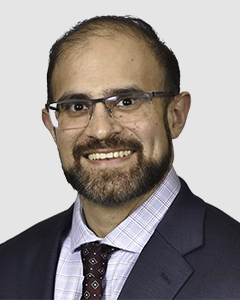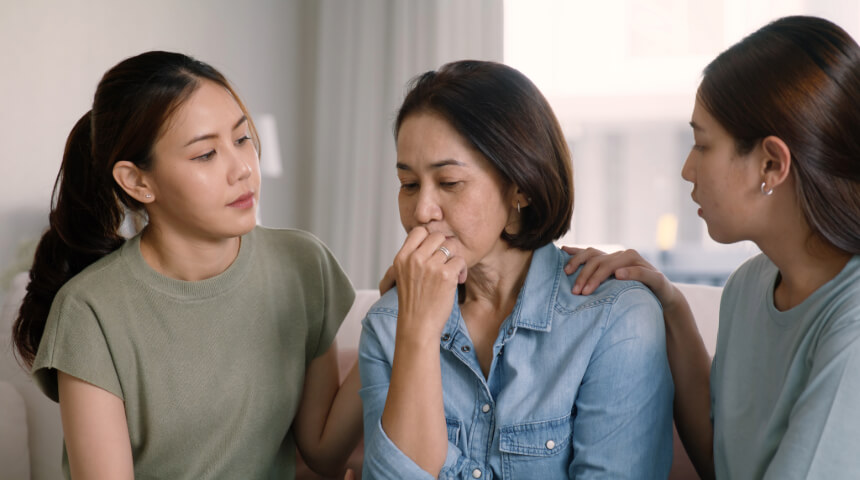Varicose veins are common and usually nothing to worry about. For many people, the twisted and enlarged bluish or purplish veins visible near the surface of the skin are simply a cosmetic concern.
But if you are experiencing pain or discomfort, this could be a sign of a more serious problem.
Varicose veins usually occur in the legs, specifically on the inner thighs or the bottom of your calves. They are caused by increased blood pressure in the veins for a prolonged period.
Arteries carry blood away from your heart to the rest of your body, and veins bring blood back to the heart. Your veins contain valves that help to regulate the blood flow back to the heart.
If your veins or valves are weak or damaged, blood doesn’t flow properly. Pressure can build up, resulting in dilation of the veins and swelling in the legs and feet. Over time, there is a risk of developing ulcers or even blood clots.
In their milder form, varicose veins are commonly known as spider veins.
Causes of Varicose Veins
People who work in jobs where they are on their feet for hours at a time — cooks, servers, bartenders and nurses, for example — are much more likely to develop varicose veins.
Pregnant women are particularly susceptible, as are women who are taking oral contraceptives or hormone replacements.
Genetics plays an important role. About 70 percent of people with varicose veins have a family history of them. Here are some other contributing factors:
- Standing or sitting for long periods of time
- Prior trauma or injury
- Inactive lifestyle
- Being overweight
- Blood clots
- Pregnancy
- Smoking
What to Watch For
If you are experiencing pain or you notice swelling or discoloration of your lower legs, these can be signs of a more serious problem and you should consult a doctor. Other symptoms might include burning, cramping, itching or throbbing in the legs, and some might experience restless leg syndrome.
Chronic venous insufficiency occurs when the veins in your legs don’t allow blood to flow back to your heart properly. The valves are weakened or damaged and result in venous reflux. This can cause blood to collect in your legs. If the condition gets worse, ulcers can eventually form.
Chronic venous insufficiency affects about 25 percent of the population, but only a small percentage get diagnosed and even fewer seek treatment.
More than 1 million people in the United States have leg ulcers, which are a frequent problem associated with varicose veins. A leg ulcer is a break in the skin that allows bacteria to get into the tissue. Usually these heal on their own, but varicose veins prevent healing, and the ulcer can linger and spread.
Ulcers also can be seen in patients with severe peripheral arterial disease. Please consult a vascular specialist to help differentiate between the two.
Treatment Options
A few simple changes in your habits and lifestyle can offer relief. Here are some steps you can take on your own:
- Alternate between sitting and standing
- Increase your physical activity
- Lose weight if you are obese
- Avoid wearing tight clothes
- Elevate your legs above your heart a few times a day
- Wear compression stockings to decrease swelling
Compression stockings, which are available at more drug stores, apply steady pressure that helps your veins move blood efficiently.
If you are in pain, this can be a sign of a more serious condition that requires treatment.
A vascular ultrasound examines whether your veins and valves are functioning normally and determines if you have any blood clots. Doctors use the CEAP scale — this includes clinical, etiologic, anatomic and pathophysiologic factors — to determine the severity of your problem.
For more serious cases, there are endovascular and surgical options.
Venous ablation is a minimally invasive outpatient procedure in which the surgeon inserts a catheter into your vein and uses a laser or radiofrequency ablation to seal it shut so blood can flow through other healthy veins. This procedure can offer significant pain relief.
In some cases, doctors might decide to remove the problem vein altogether.
Just be aware that if your varicose veins are strictly a cosmetic concern, the treatment probably will not be covered by your insurance and you might have to pay out of pocket.
Are You Interested in Learning More?
Sign up for our e-newsletter for more tips and best practices from pediatricians.
Sign Up Here










